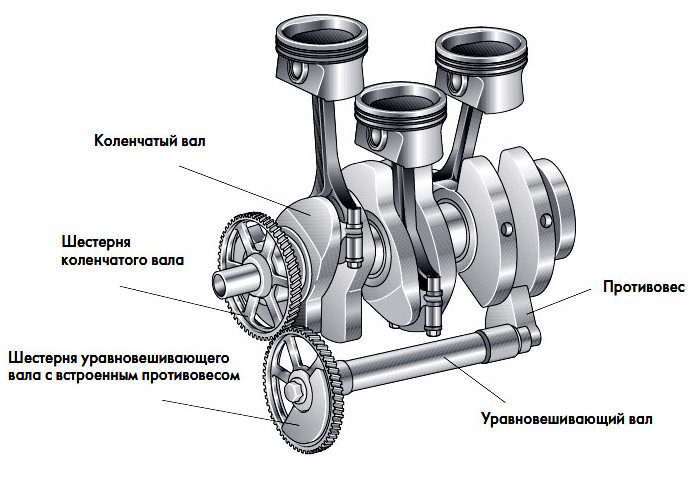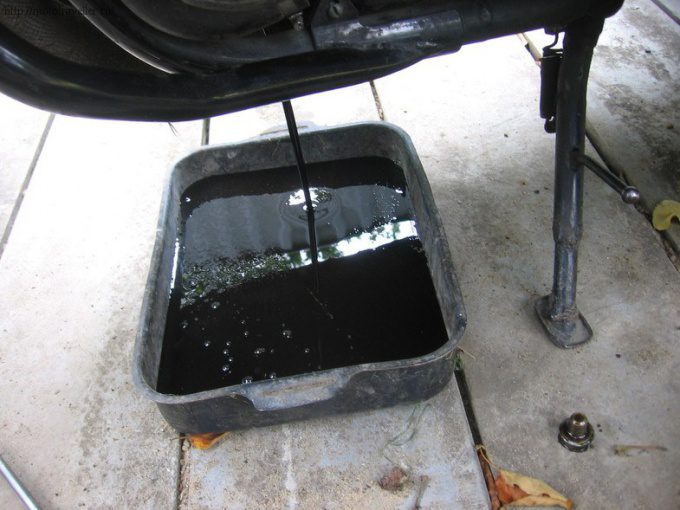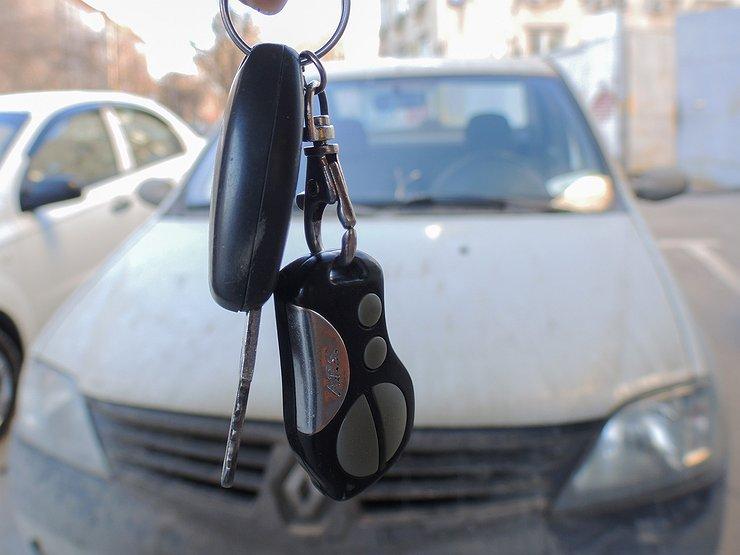
Three cylinders
Content
What if it was a motorcycle ENGINE par excellence?
In the past we have known 3-cylinder 2-stroke, online on Kawasaki, Suzuki and Motobécane or V-shaped on Honda. In fact, for Honda, these were linear motors, the cylinders of which were staggered to gain width. There was only one connecting rod per manequin, and each cylinder had its own independent pump casing. These engines were equipped with 400 road PSAs and 500 RS and NS GPs. A funny detail, the layouts used were inverted: 2 horizontal cylinders and a vertical one on the road, the opposite in GP. Probably on issues related to the passage of relaxation pots and the released heat ...
In short, three-cylinder engines these days are engines that have wind in their sails, but they all have the same architecture: an in-line engine and of course a 4-stroke cycle, because a two-stroke no longer has wind in its sails ...
One for all, all online!
For optimal calibration in terms of vibration and cyclical regularity, the crankcase is placed every 120 ° to ensure regular operation, burning every 240 ° (one turn / 2). In the 70s / 80s Laverda released the 180 ° three-cylinder 1000, the engine of which was much more "characteristic" than the versions that followed 120 °. This car, named Jota, after one in Spanish three-stroke, remains an exception.
4-stroke three-cylinder in GP
The three-cylinder engine also excelled brilliantly in the GP, first in 4 steps, in the glorious era of MV Agusta, and then in 2 steps. Its past is so glorious that even today the 800 F3 belongs to the famous MV3 350 (1965) and 500 (1966). 500 developed about 80 hp. at 12 rpm and exceeded 000 km / h. She won at least 270 world titles between 6 and 1966 at the hands of Giacomo Agostini! If virtual machines take over this fetish architecture, modern engines feature a counter-rotating crankshaft that reduces the motorcycle's gyroscopic effect and enhances its agility.
We recently saw the three-cylinder GP again during the upgrade to the four-stroke. In 2003, however, disguised as an Aprilia Cube, it was far less convincing than the VM. In fact, this mechanism combines relative narrowness and the ability to take turns and therefore develop relatively large specific powers. “Relatively” is probably part of the Cuba problem, because now you have to reach extreme speeds to force yourself into a general practitioner.
Modes that are incompatible with architectures that do not sufficiently split off displacements. This penalizes the linear velocities of the piston, as we will discuss later. With 88,6 X 53,5 ribs "declared", the cube struggled to surpass 15 rpm. The diet is too low, with a narrow range. The result was a brutal engine that impeded grip and ease of driving.
Equivalence
It is for this reason that in the supersport category, as in the SBK, the three cylinders have gained an offset advantage over the four cylinders. So we saw the 4 cc stroke of the MV three cylinders and the Triumph versus the 675 cc 3 cylinder. In SBK during 600 3-cylinder, 4 three-cylinder and 750 twin-cylinder. This allowed Petronas to use an interesting 4 with an inverted engine: inverted (exhaust at the rear, entrance at the front and cylinders tilted back). Good example of "three legs".
The rule for endurance is 600 four cylinders, but for three cylinders it is necessary to exceed 750 cm3. Differences not found in the GP, especially today, when the rules set a maximum of 4 cylinders and a bore of no more than 81 mm. In fact, the dimensions of the three-cylinder GP, adjustable at best, will be 81 X 48,5 mm or a maximum speed of about 17 rpm at a piston linear speed of 000 m / s. In addition to the maximum horsepower, probably a little fair, there is very rapid wear to be wary of, incompatible with the number of engines permitted per season. Thus, aside from looking for difficulties, no one will be hiring the three-cylinder until further notice.
Small but strong
When it comes to road racing and sports, the triple ignores these issues. He plays with his compactness (800 MW only weighs 52 kg!) To service motorcycles that are always very exciting thanks to his tuning, which gives him a very pleasant throttle response and a real presence. This is evidenced by the curves from the renowned engine manual. First, we detect the instantaneous torque of the 1616cc (3 X 3cc) three-cylinder engine.
There are peaks at 603 Nm, while on the next curve the 4 cylinders 2155 (4 X 538 cm3), which nevertheless develop a higher average torque (180 Nm versus 135), have only 425 Nm of instant maximum torque. !
In short, with less displacement and lower average torque, the three-cylinder instantaneous torque peaks are much higher than the 4-cylinder engine, which means more thrill for the pilot.
Conclusion
Whether it's a trail mount, roadster or sports car mount, it's a charming engine that's smaller and lighter than a four-cylinder. Qualities that promise him a bright future on two or four wheels. Indeed, gradually it is also being imposed under the hoods of modern cars in versions with a supercharging of 1000 or 1200 cm3. Decidedly, he hasn't finished surprising us!

